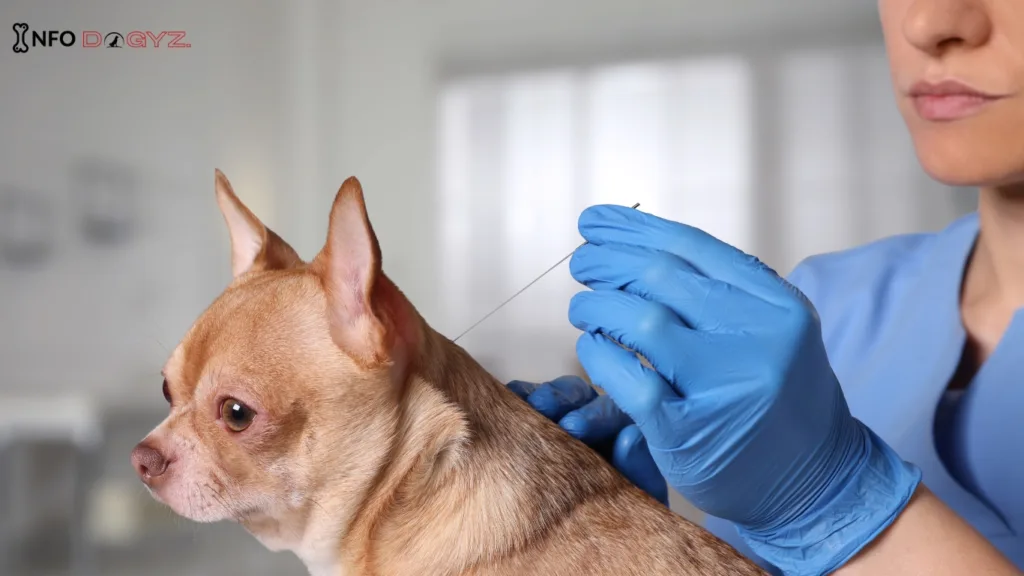
Cervical Intervertebral Disk Disease in dogs. Hi there, lovers of animals! Let’s take a closer look at a prevalent condition that frequently goes unnoticed in the world of pets today: canine cervical intervertebral disk disease. Prepare yourself for an enlightening adventure as we learn more about this illness that may impact our four-legged pals.
Table of Contents
Reasons and Danger Elements
Cervical intervertebral disk disease in dogs (IVDD) may experience pain, neurological impairments, and maybe paralysis as a result of the degeneration or displacement of intervertebral disks in the neck area. This crippling illness develops due to a number of causes and risk factors.
Genetics is a major factor; some breeds are more likely to develop IVDD than others because of their physical traits. breeds like beagles and Dachshunds.
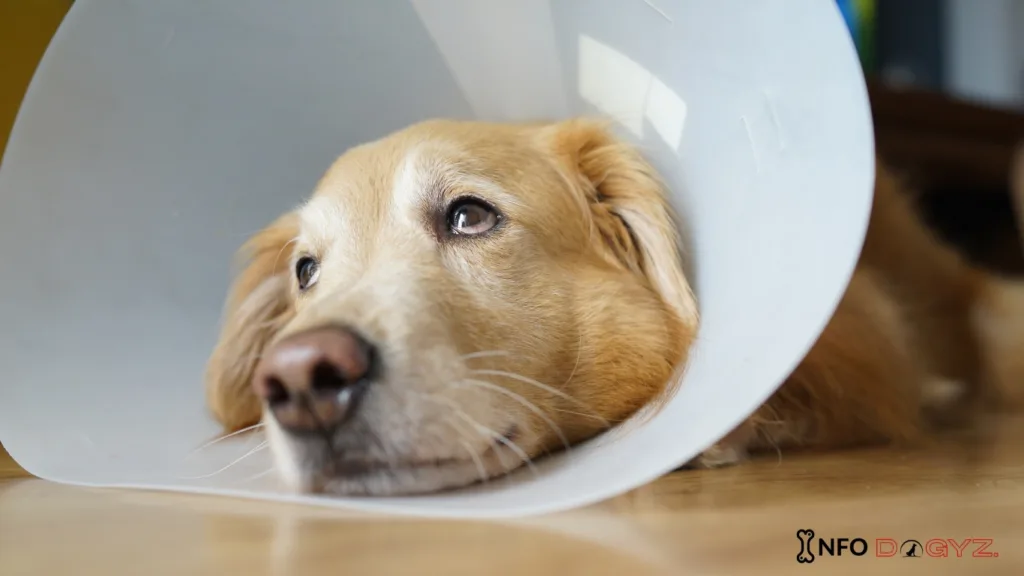
Falls and other traumas can cause IVDD, especially in dogs who are genetically predisposed to the condition. The disease also develops as a result of inadequate physical fitness and infrequent activity.
Recognizing Symptoms of CIVDD
Cervical Intervertebral Disk Disease in dogs (CIVDD) often have spinal problems that can cause pain and neurological problems. Its symptoms must be identified in order to improve outcomes and facilitate early intervention. Dogs with CIVDD frequently display symptoms like stiff or stooped posture, discomfort in the neck, and reluctance to move the head. Seeing alterations in walking patterns, such as stumbling or a wobbly gait, could be a sign of neurological disfunction.
Because CIVDD can impair spinal cord function, owners should be alert to any indications of limb weakness, especially in the rear legs. Furthermore, dogs with CIVDD may exhibit increased sensitivity in the neck region, which can show up as whimpers or yelps in response to touch. In extreme situations, paralysis could happen.
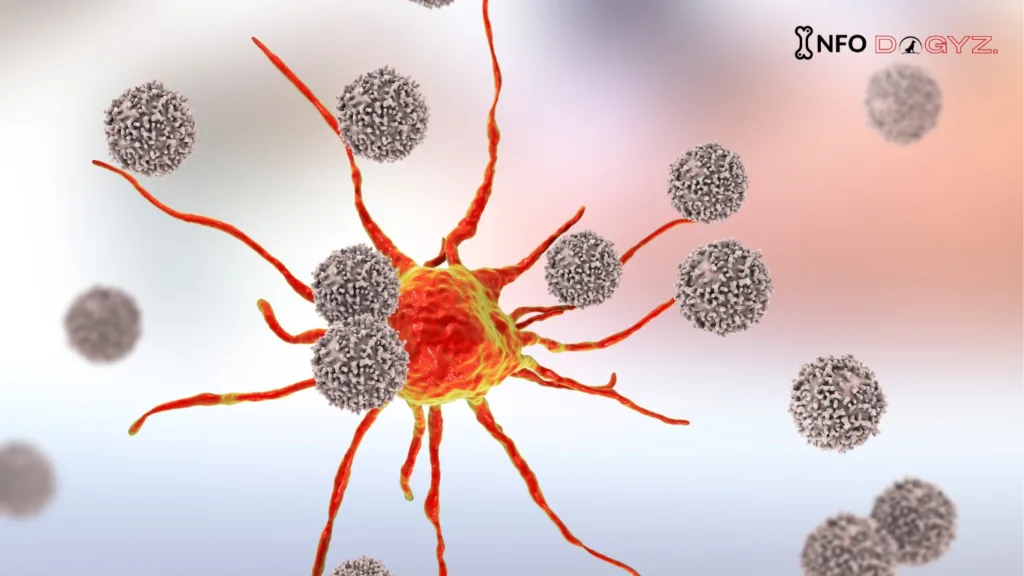
It is imperative to remain watchful for behavioral shifts, like a decline in activity or a hesitation to jump.
Diagnosis Methodologies
In dogs, a disorder called cervical intervertebral disk disease (IVDD) affects the spinal disks in the neck area, potentially resulting in pain, discomfort, and neurological impairments. A veterinarian must perform a thorough evaluation to diagnose this illness, which may include imaging tests, clinical examinations, and occasionally sophisticated diagnostic techniques.
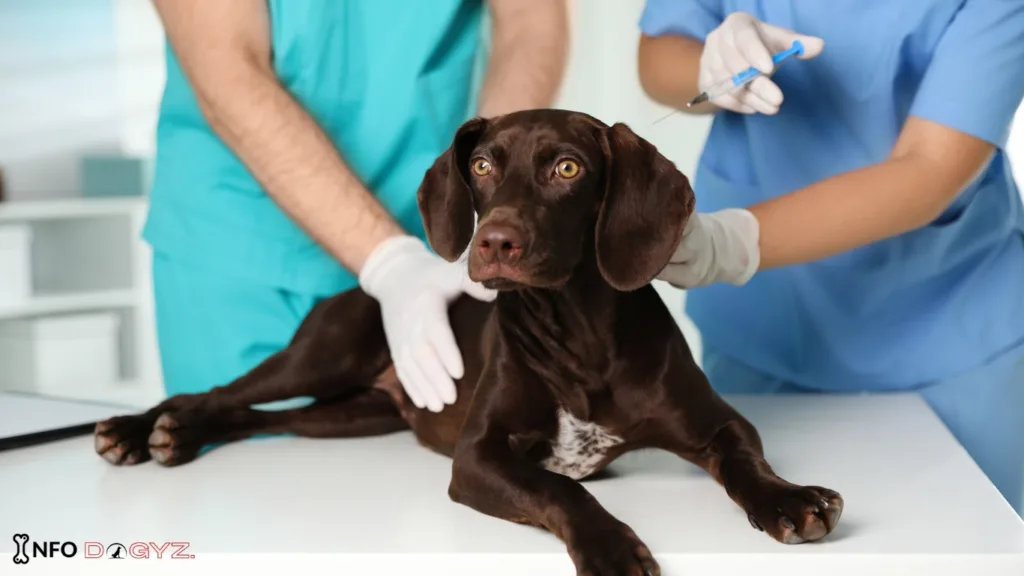
In order to evaluate the dog’s stride, posture, and range of motion, veterinarians frequently start the diagnostic procedure with a comprehensive physical examination. Additionally, they assess brain functioning, searching for indications like altered reflexes, limb weakness, or incoordination. Radiographs, often known as X-rays, are frequently used to view the spine and detect any anomalies, such as disk classification or alterations in vertebral alignment.
Cervical intervertebral disk disease in dogs treatment
Cervical intervertebral disk disease in dogs (IVDD) suffer from a crippling illness that affects the spinal discs in their necks. The degeneration or herniation of these discs, which are situated in between the vertebrae, can result in pain, neurological impairments, and, in extreme situations, paralysis. The goals of cervical IVDD treatment are to reduce inflammation, relieve pain, and regain neurological function.
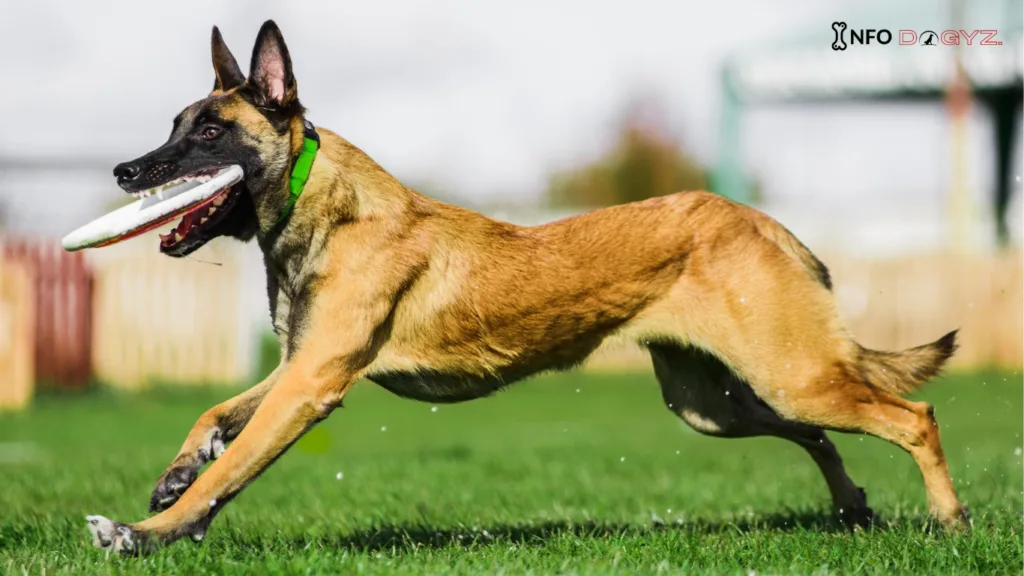
Conservative therapy frequently entails pain control, anti-inflammatory drugs, and rigorous rest. Limiting activity is essential to stop more damage and promote healing of the damaged discs. To strengthen muscles and support the spine, physical therapy is another option. A customized neck brace could be advised in some circumstances to limit movement and aid in recovery.
Surgical intervention is required in more severe cases. Decompressing the spinal cord and stabilizing the injured area are the goals of surgery.
Dog slipped disc neck symptoms
Dogs with cervical intervertebral disk disease (IVDD), which is primarily related to a slipped disc in the neck, present with a variety of symptoms. One notable sign is neck pain, which is apparent when the dog refuses to lift its head or shows discomfort when its neck is handled. Reluctance to fully extend the neck or an unusual posture when standing or walking can be signs of a slipped disc.
As the disease worsens, neurological symptoms start to show. Dogs may develop limb weakness, especially in the front legs, which can make walking or even stumbling difficult. In extreme situations, paralysis could happen. It effects dog bites energy.
A comprehensive physical examination, imaging tests like MRIs or X-rays, and behavior observation of the dog are usually part of the diagnosis process. Usually many dogs lie in kidney disease.
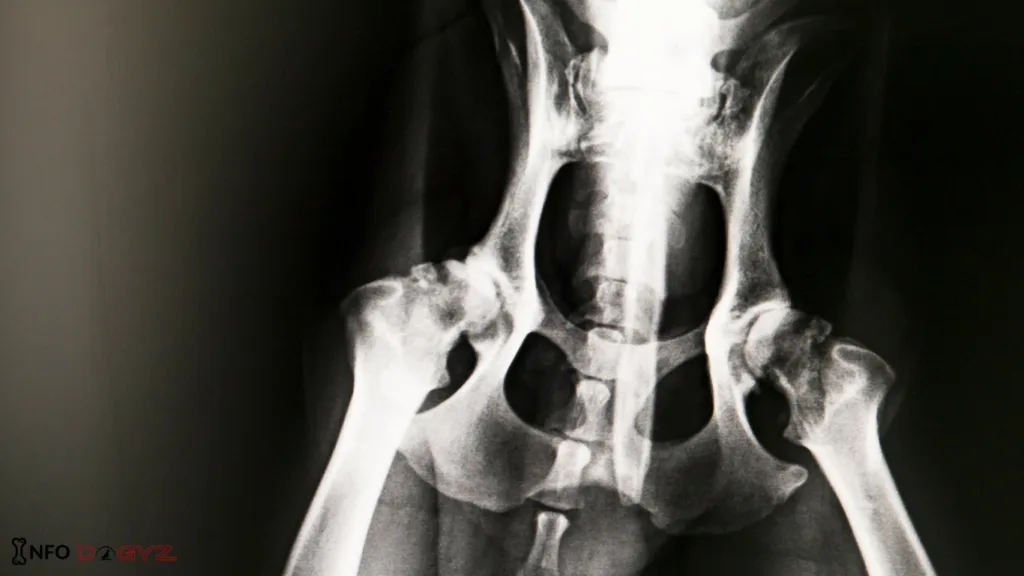
Cervical intervertebral disk disease in dogs symptoms
Cervical intervertebral disk disease in dogs (IVDD) may have a variety of symptoms as a result of the disease, which affects the spinal discs in the neck area. One common symptom is neck pain, which can manifest as a notable decrease in neck movement, whimpering, or reluctance to move the head. Dogs that are affected may stumble, have an unsteady stride, or, in extreme situations, become paralyzed.
Dogs that arch their necks to relieve pain are known to exhibit the “dowager’s hump,” which is a common sign of cervical IVDD. A deteriorated or herniated intervertebral disc is putting pressure on the spinal cord, which is the cause of this aberrant posture. As the discomfort worsens, pet owners may also notice behavioral changes in their dogs, such as irritation or aggression.
Additionally, neurological symptoms such as limb weakness, impaired reflexes, and difficulty balancing may manifest. Because of the spinal cord compression, some affected dogs may experience difficulty controlling their bowels or bladder.
Conclusion
In conclusion, dogs with Cervical Intervertebral Disk Disease (CIVDD) present a serious health risk that necessitates prompt diagnosis and treatment. Early detection and care are crucial due to the complex nature of this disorder, which is characterized by intervertebral disc degeneration and consequent spinal cord compression.
FAQ
Q:What is the process for diagnosing cervical intervertebral disk disease in dogs?
A: Computed tomography (CT) or magnetic resonance imaging (MRI) scans are frequently used to identify cervical intervertebral disk disease in dogs.
Q: What symptoms are frequently seen in dogs with cervical intervertebral disk disease?
A: Cervical intervertebral disk disease in dogs frequently manifests as neck pain, trouble standing or walking, and hesitation to jump.
Q: Is it possible to treat canine cervical intervertebral disk disease non-surgically?
A: Conservative treatment for mild cases of cervical intervertebral disk disease may involve anti-inflammatory medicines, painkillers, and rigorous rest.
Q: Do some dog breeds have a higher risk of developing cervical intervertebral disk disease?
A: It is true that some breeds, including Shih Tzus, Beagles, and Dachshunds, have a genetic predisposition to intervertebral disk disease.
Q: What is the best way for dog owners to avoid cervical intervertebral disk disease?
A: Keeping your dog at a healthy weight, steering clear of activities that could put undue strain on their neck and spine, and feeding them a balanced diet are all examples of preventive measures.

